The Truth About Commercial Cat Food: What Really Goes into Your Pet's Food?
- Rachel

- Mar 3
- 13 min read
Updated: Nov 19

In this article:
Pet Food Companies
Imagine the pet care aisle at your local supermarket, the shelves stacked with eye-catching cans, sachets, boxes and bags of kibble. At first glance, the unlimited choice can be overwhelming and it's hard to know where to begin if you're a new parent. Let's take a closer look....
Some of these brands might sound familiar: Whiskas, Sheba, Royal Canin, Cesar and IAMS. Did you know that they're all owned by the same company - Mars Petcare? Yes, I am talking about the same Mars that brings us the chocolatey likes of Maltesers, Milky Way, Galaxy and others.
Here are some more brands that you'll probably have heard of: Felix, Go-Cat, Gourmet and Purina. These fall under Nestlé Purina Petcare, the same guys that bring you your morning coffee.

As of 2012, Purina has a 23.1% share of the global pet food market; while its largest competitor, Mars, has a 23.4% share. That's almost half of the pet food market swallowed up by two companies.
To really put into perspective the scope of these businesses, Mars and Nestlé are amongst the ten companies that control almost every large food and beverage brand in the world!
(Source: Wikipedia)
I'm not here to bash commercial cat foods - well, not entirely - as they've allowed me and millions of others to keep cats in our homes for over a hundred years, not to mention those rescued by shelters. It's also fair to say that the quality of some brands is better than others, and we're seeing a lot more natural and grain-free options on the shelves. However, it's often the case that grains are replaced with vegetables which, in theory, doesn't make them any better.
The problem is that while times have moved on, the quality of food has deteriorated - both human and animal - largely due to modern processing methods and factory farming. In order to keep pet food shelf-stable, it's heated to extreme temperatures numerous times, causing the destruction of vital nutrients - not to mention the overload of additives and preservatives.
Fortunately, people are more informed than they were a decade ago, and with some major pet food recalls during that time, it's sparked a new wave of fresh food for cats and dogs. What perhaps began as a fad has proven popular with owners, who report major improvements to their pet's overall health.
Many are starting to make the transition to fresh food, which consists of high-content meat recipes that can be served raw or gently steamed. However, there remains a lot of confusion about what is and isn't the best diet for our feline fur babies.

Commercial Cat Food vs Natural Food
Cats are obligate carnivores, meaning they need meat to survive. Typically, a wild cat's diet from natural prey would consist of 55% protein, 43-44% fat and 1-2% carbohydrates.
Why is it, then, that the minimum guideline for protein set by the European Pet Food Industry Federation is a measly 26%?
Added to this, most standard pet foods don't specify which parts of an animal they contain, with terms such as "meat derivatives" or "animal by-products" commonly used on packaging labels. I've seen actual meat contents as low as 4% - which begs the question, what's the rest made up of?

By-Products
By-products are simply the leftover bits from human food production and can either be named or unnamed. Pet food manufacturers will happily rave about their "chicken liver" by-products, which are highly nutritious for cats; but they're less forthcoming about the cost-saving chicken heads and feet. It's like the difference between a pink juicy breast out of your fridge and a bag of frozen chicken nuggets.
The European Pet Food Industry (FEDIAF) is the trade body that represents the pet food industry in Europe - yes, Mars PetCare and Nestlé Purina Petcare have their fingers in this pie, too, as company members. Manufacturers in the UK are often legally required to follow the FEDIAF's guidelines and code of practices to ensure materials meet the high safety and quality criteria, as well as providing all of the nutrients our pets need.
It clearly states that "members must use by-products of the human food industry that come from animals slaughtered under veterinary supervision". This includes beef, lamb, poultry, pork, fish, rabbit and game.
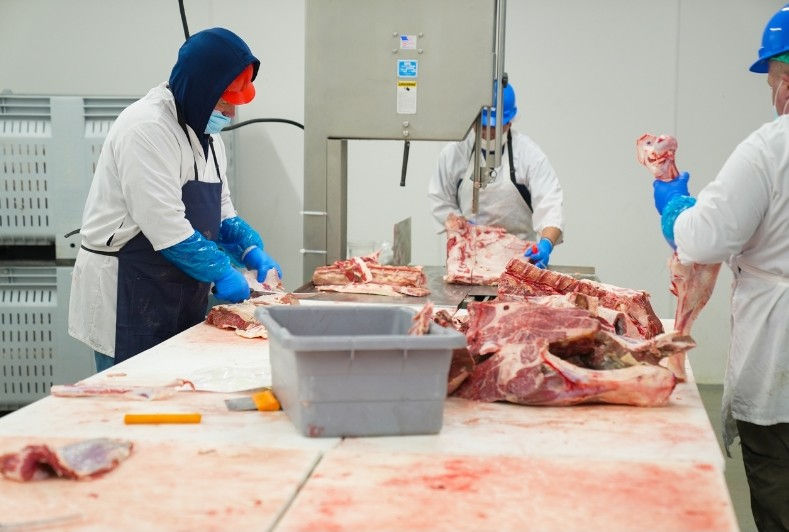
The Association of American Feed Control Officials (AAFCO) is the USA equivalent to the FEDIAF, with a few differences. The AAFCO requires that all ingredients used in pet food must be safe and suitable for consumption - the "clean" parts of "slaughtered" animals.
So, does this mean we can disregard reports of pet food manufacturers using roadkill; restaurant and supermarket refuse; unwanted cats and dogs from animal shelters; dying or diseased farm and zoo animals; and worst of all, euthanised pets from veterinary clinics?
Recalls
In February 2017, a US pet food company, Evanger's, recalled five dog products after traces of pentobarbital - a drug used by veterinarians to euthanise cats and dogs - was found in the food. A total of four Pugs were affected, one of whom sadly died.
Related article from AlterNet: There Could Be Dead Dogs and Cats in Your Pet's Food
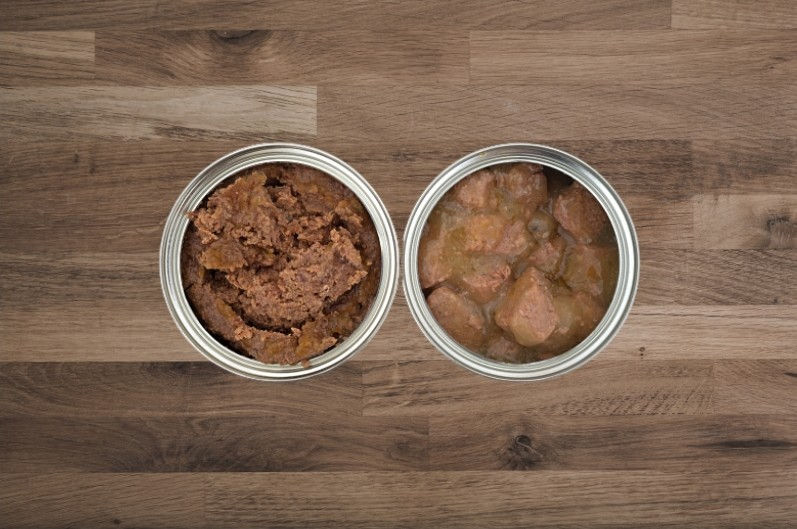
While the source of the contamination remains "unknown", Evanger's blamed their meat supplier and subsequently cut ties. The Food and Drug administration (FDA) investigated but no legal action was taken because, technically, no laws were broken.
In fact, the FDA published this article which implies that small amounts of pentobarbital in pet food is no big deal: Report on the Risk from Pentobarbital in Dog Food
How is that possible when our pets are protected by the AAFCO and FEDIAF?
Because, pet mums and dads, the regulations put in place to ensure your pet's food is safe to eat, free of contaminants and truthfully labelled aren't legally binding! It turns out that there are a lot of loopholes that manufacturers can use to get around these rules, which you can read more about here: Pet Food Regulations Don’t Protect Dogs (or cats!).

The FDA did state, however, that the meat from Evanger's supplier didn't bear an inspection mark from the United States Department of Agriculture's Food Safety and Inspection Service, and so wouldn't be considered human-grade - despite Evanger's claiming otherwise.
Upon further inspection of two of Evanger's production facilities, the FDA reported several issues including mould and condensation dripping into open cans of meat; and no refrigeration storage for raw meat. This wasn't the first time the pet food manufacturer had been pulled up for unsanitary conditions.
According to reports, problems began as early as 2006 when local residents complained of unpleasant odours emanating from one of the company's facilities. A health inspector is said to have observed open containers of chicken as well as flies, maggots and refuse. Later in 2011, testing found that a lamb and rice mix contained beef rather than lamb; and a duck-based product had no duck at all.

I'd like to say that the February 2017 pentobarbital case was a wake-up call for Evanger's; however, in that very same month, horse DNA was discovered in tested samples of their Hunk of Beef canned dog food. Could this explain exactly how pentobarbital seems to be working its way into pet food?
From Gizmodo:
“For pentobarbital, or any barbiturate, to get into pet food it means that animal products are being included that do not come from carcasses that entered USDA-inspected slaughterhouses. The carcasses must have been killed using barbiturates (or possibly treated with barbiturates shortly before being killed). This would be most common for ‘pet’ animals, particularly horses. There are renderers that will pick up dead animals from farms and basically cook them down to make new products. It’s a way of recycling, albeit a somewhat distasteful one.”
Problems aren't limited to the quality of food either. The owners of Evanger's were arrested twice between 2010 and 2013 due to accusations of utility theft and bribery!
The list of disgraces from this company is an endless one, but you don't have to take my word for it. The lawsuit is available online for all to see: Village of Wheeling v. Evangers' Dog & Cat Food Co., 2012

Unfortunately, this is only one pet food company that has been named and shamed out of hundreds more. In fact, the drug pentobarbital has been found in over 27 brands of pet food. Manufacturers, suppliers and regulatory bodies are failing our pets and the animals that are being slaughtered to feed them.
Here in the UK, we may have some rigorous safety laws in place, but that doesn't prevent the importation of low-grade meat and/or food products from overseas manufacturers. The use of genetically modified crops, for example, is prohibited by many nations - yet they still allow GMO animal feed to be imported.
In June 2021, a number of cat food products sold by Sainsbury's, Pets at Home and Amazon were recalled following an outbreak of pancytopenia, a severe reduction in major types of blood cells that affected over 500 cats. The Food Standards Agency was unable to confirm a link between the outbreak and Fold Hill Foods, but investigations are "ongoing".
If you're seeking more proof, here's some detective work that will turn your stomach. Viewer discretion advised!
Watch on YouTube: What's REALLY In Your Pet's FOOD??
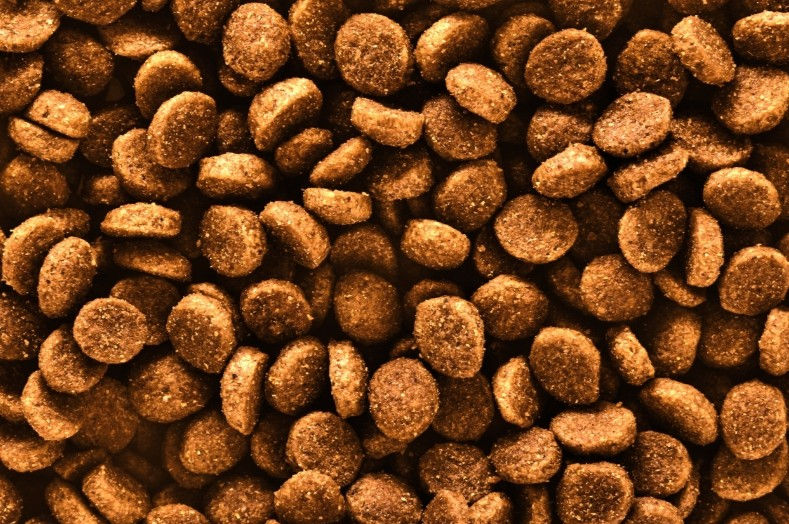
Fillers
Aside from dodgy meat and mysterious by-products, pet food is almost always bulked out with carbohydrates in the form of grains, cereals, vegetables and corn - also known as fillers. This is particularly the case with dry food (kibble) and can make up almost half of the formula.
Some research suggests that cats are able to metabolise certain types of carbohydrates, if processed correctly, to an efficiency of 90-100% in most cases. It's further stated that an upper limit of 50% calories from carbohydrates in a healthy cat's diet is acceptable.
Related post: Cats and Carbohydrates: Is Dry Food Bad for Cats
As a society, we rely on science for almost everything - which means we're inclined to believe it. What if the people behind this research are the very people who are selling you the less than nutritious slop on the shelves of your local supermarket?

Mars Veterinary Health is composed of pet healthcare services and provider networks. The Companion Fund, to which they've invested hundreds of millions of dollars, focuses on pet technology and pet care. What does this mean?
Simply, the companies providing our cats with sub-par foods are the same companies that formulate extortionate "prescription diets" to treat health conditions that have been caused or exacerbated by those sub-par foods. Moreover, Mars owns the largest chain of veterinary clinics and hospitals, making it easier than ever to recommend their own products.
If you thought recalls stopped at meat, you may want to check out this Midwestern Pet Foods recall that affected five brands of cat and dog food products. Food was believed to be contaminated with fatal levels of aflatoxin mould, which forms on corn, grains and legumes. It can cause serious illness or death.

Prescription Diets
Also called specialist diets, these are especially formulated for cats with health conditions and contain a slightly different balance of nutrients to standard foods. They're used as a support or treatment for digestive problems, urinary health, food sensitivities, kidney care, diabetes and many others. Hill's, Purina and Royal Canin are leading brands in the UK for prescription diets - two of which we've already covered.
Dr Michael W Fox, BVetMed, PhD and DSc Animal Doctor, gives an eye-opening glimpse into the subject here: Pet Food and Feeding Issues
The article relays an account from feline specialist veterinarian, Fern B Slack:
"The pet food industry currently owns a substantial portion of the veterinary industry worldwide.... Veterinary hospitals are not profitable. Prescription diets are.... If a pet food company manufactures a specific brand of prescription diet AND owns a veterinary hospital cooperation, they can control which prescription diets are sold or recommended."
As for the poor quality food ingredients:
"The pet food industry, because of its extreme profitability, has a huge incentive to justify the use of such ingredients and the financial means to do so, through a frightening number of channels."
Some of these channels include: advertising, sponsorships and discounts to companies, vets and breeders that use their products. Vets don't have much in-depth training when it comes to nutrition and are heavily influenced (even trained!) by the pet food industry.
As mentioned previously, pet food companies can afford to support nutritional research. This means they can control the questions that are asked and filter the answers that are allowed to be published to both the public and veterinary world.

Feline specialist veterinarian, Fern B Slack, continues:
"A number of veterinary researchers who were developing data that would support the concept of a prey-model diet have, in the past few years, begun to receive funding from pet food (companies). Some subsequently stopped work on prey-model diets, and some began to promote a nutritional approach exactly opposite to the one they had been developing."
"Since my hospital opened 5 years ago, and began teaching people to feed prey-model diets, our experience has been amazing. We do not have a single diabetic patient in the practice. Very few overweight cats. Minimal gut disease."
"Vets seem to remain blind to the ethical failings of the pet food industry for the simple reason that nearly all hospitals sell food. This creates a significant income stream, which is a direct conflict of interest. A much larger and much more insidious conflict of interest is created when the very foods sold by vets create disease states that bring the pets back into the hospital for more diagnoses and treatments."
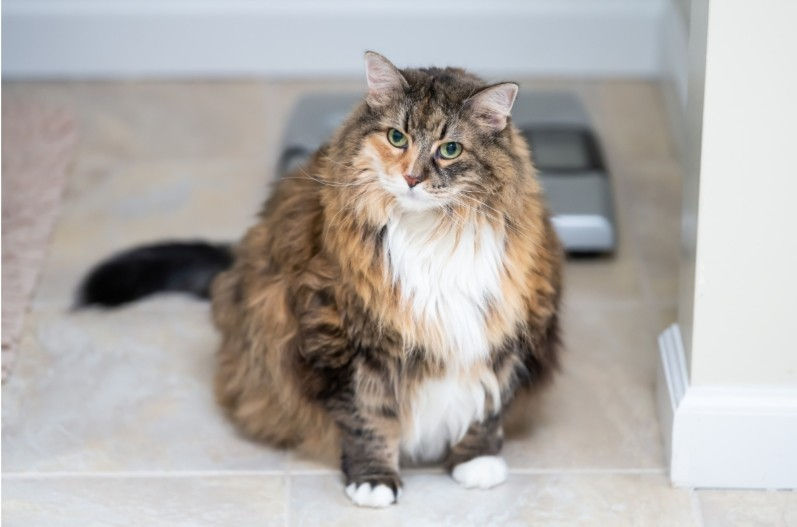
It's important to recognise that my aim isn't to turn anyone off feeding their cats a diet that was prescribed to them. I would never encourage anyone to go against the advice of a vet - although you have every right to raise your concerns - nor am I suggesting that prescription diets are no good.
What they are, it seems, is a solution to a problem that (in many cases) could just as easily be solved - if not avoided completely - by a more species-appropriate diet than the one that's shoved in our faces through TV, the media and supermarkets. I can use my own experience as a perfect example of this.
Drax transitioned to a urinary diet a little over a year ago after the vet found that he had crystals in his pee. Dry food is the biggest culprit, as cats require high amounts of moisture in their diet. Dehydration causes a build-up of waste materials in the bladder, which can ultimately turn into stones that require surgical removal.
Other contributing factors include changes to the pH of urine, obesity and stress; but it wasn't until completing my Diploma in Feline Nutrition that I learned about another potential cause.

Drax loves fish, in fact it's the only fresh food that he'll entertain (in moderation). At the top of his favourite meals list is the Seriously Good Fish a la Carte in Jelly range from Pets at Home. Apart from the jelly, this stuff looked and smelled like human-grade fish, but the quality wasn't the problem.
Crystals, also called struvite stones, are composed of magnesium ammonium phosphate. Fatty fish like salmon, mackerel, tuna and sardines are high in magnesium and phosphorous - precisely what I'd been feeding Drax. Whole grains are also high in these minerals, which are used as fillers in a lot of pet foods.
Dr Michael W Fox highlights some of these issues in his article on GMO Pet Food Ingredients:
"Corn can cause cystitis - bladder inflammation - in cats, even epilepsy in dogs; and soy causes gas and indigestion in many dogs and cats.... The high cereal content in pet foods contributes to dogs and cats developing stones or calculi in their lower urinary tracts."

Another type of bladder stone found in cats are calcium oxalate stones. While struvites can often be dissolved by prescription diets, calcium oxalates need to be surgically removed. These are usually seen in cats with high blood and urine calcium levels, and chronic kidney disease. They can also develop in urine that's highly acidic - which is concerning, given that urinary food is formulated to lower pH levels in order to dissolve struvites....
Could this be why cases of calcium oxalate stones in cats has risen from 10% to 40% in recent years? Even more concerning, if you look at the majority of urinary diets, every brand uses salmon as a main ingredient.
Another issue for cats with bladder stones is excess calcium. The bones in fish are small and soften when cooked, which is why you might spot a few mixed into fish-based cat foods. Fish is also a common allergen and has a high risk of bacterial and environmental contamination.
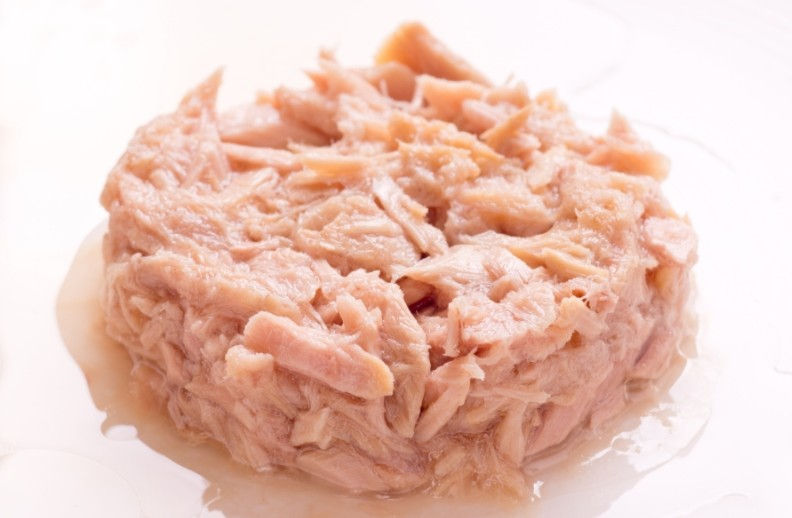
Of course, the ultimate goal isn't to remove every trace of these minerals from a cat's diet as they have many important functions. The focus should be on providing a nutritionally balanced, high-quality diet and only using supplements for the purpose they're intended, rather than a substitute for the loss of vitamins and minerals during processing.
I can't think of a single reason why prescription diets should be as expensive as they are. You're not paying for better quality, you're paying for the same bog-standard food with adjusted nutrient contents and the word "prescription" slapped on the packaging to make it seem more justifiable.
This is merely an example of how prescription diets work and, more importantly, how they might be avoided. There are many other health conditions that can be triggered by a poor diet, particularly gut-related issues such as inflammatory bowel syndrome (IBS) and inflammatory bowel disease.
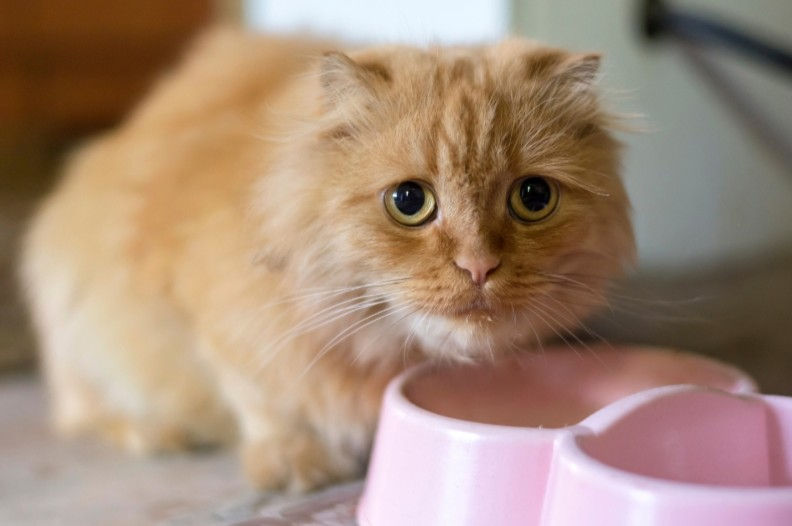
To summarise, prescription diets can be lifesaving for cats with chronic illnesses or disease. It's not always possible to reverse or treat conditions by feeding natural food alone, as much as I wish that was the case. Animals, just like humans, can become sick for any number of reasons: age, genetics, abnormalities and pure bad luck.
If your cat has an underlying health condition - like crystals - then you should only consider changing their diet under the guidance of a vet, who can monitor their health to check they're not deteriorating. I'd also advise working with a veterinary nutritionist, if possible, to get the perfect balance of nutrients for your individual kitty.
Just because someone tells you that a particular condition is "common" amongst cats, or any animal, doesn't mean to say it's "normal".
Summary
If all of this has left you with the urge to empty your cupboards and throw every last sachet, can or bag of kibble into the bin, it's probably the best thing you can do for your cat. The biggest issue for most is budget, particularly in the current climate. Depending on kitty's stubbornness levels - an issue I can relate to - transitioning to new food can be expensive as well as time-consuming.
Here are a few pointers to get you started:
First and foremost, no more kibble for kitty! Try swapping out the carb-loaded junk with a quality wet food.
Research different brands on their websites.
"Premium" is just a label - check instead for "human grade".
Ensure animal protein is the first ingredient listed.
Only choose products with named meat/by-products (e.g., beef, chicken liver).
Minimum (ideally zero) fillers such as wheat, corn, soy and gluten.
What's your take on commercial pet food for cats and dogs? Have you made the transition to a fresh diet? Share your stories and experiences in the comments!
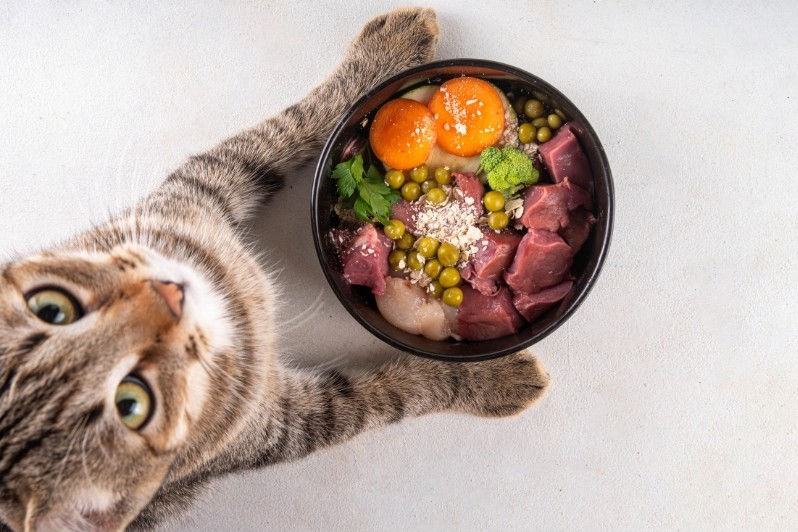
















Comments